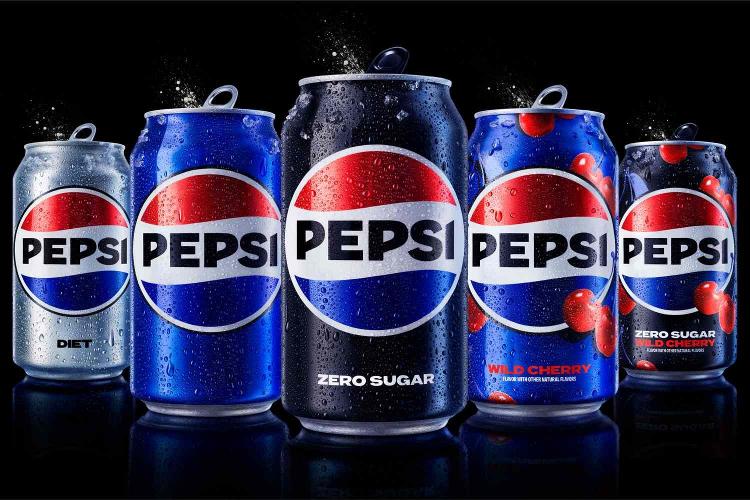Pepsico’s competition is concentrated in The Coca-Cola Company and also includes companies such as Conagra Brands, The Kraft Heinz Company, Mondelēz International, Monster Beverage Corporation, Nestlé and Red Bull.
Many of this multinational food and beverage corporation’s products hold significant leadership positions in the convenience food industry in the United States and around the world.
In 2023, Pepsico and The Coca-Cola Company accounted for approximately 19% and 20%, respectively, of the U.S. liquid soft drink category by estimated retail sales in measured channels, according to Information Resources, Inc.
However, The Coca-Cola Company has a significant share advantage in carbonated soft drinks in many markets outside the United States.
Pepsico’s beverage and fast food products are in highly competitive categories and markets and compete with products from international beverage and fast food companies operating in multiple geographies, as well as regional, local, private label and economy brand manufacturers.
In addition, other competitors are smaller companies that develop and sell microbrands directly to consumers through e-commerce platforms or retailers focused on locally sourced products.
Pepsico’s competition
In many countries where Pepsico’s products are sold, including the United States, The Coca-Cola Company is its main beverage competitor.
Other beverage and prepared food competitors include Campbell Soup Company, Hormel Foods Corporation, Kellanova, Keurig Dr Pepper and Link Snacks.
Headquartered in Purchase, New York, Pepsico was formed in 1965 through the merger of Pepsi-Cola and Frito-Lay.
Today, its beverages and fast food products compete primarily on brand recognition and loyalty, taste, price, value, quality, product variety, innovation, distribution, shelf space, advertising and marketing.
The company also competes on promotional activity (including digital), packaging, convenience, service and the ability to anticipate and respond effectively to consumer preferences and trends, including consumers’ increasing focus on health and wellness and sustainability and the continued acceleration of e-commerce and other methods of distributing and purchasing products.

